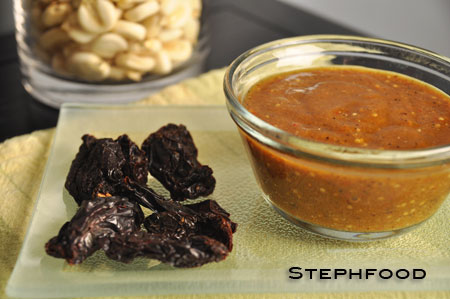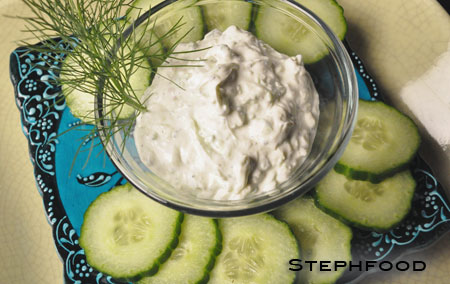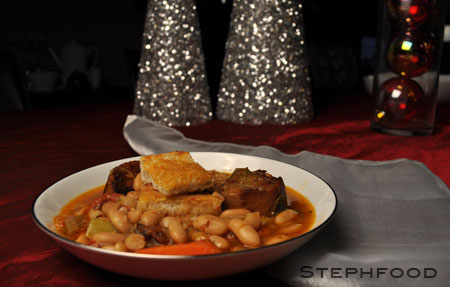A couple of years ago, I only had two soup recipes – and I only used them once or twice a season.
This year, I think I’ve tried twenty new soup recipes, and have remade a few of them.
I’m not really into sipping cosommé (do people do that??). I like a soup that eats like a meal, but doesn’t come in a ready-made gelatinous blob. I’m not sure where the dividing line between soup and stew is, but I think I’m clumsily walking along it.
This soup was a great find, because it allowed me to use a few ingredients I don’t normally buy (like wheat berries and le puy lentils). Do you really need to buy le puy lentils? I don’t think so. I’ve made the soup twice now: once with le puy lentils; and once with brown lentils. Both were great. This is my first time cooking le puy lentils, so I haven’t quite formed an opinion of them.
If you’re not sure whether you’ll ever use wheat berries or lentils again, go to your local bulk store and buy just the amount you need. I do that to save money, and cupboard space.
The amount of garlic in it may sound shocking, but don’t skimp! The garlic mellows out while it cooks, and lightly flavours the soup. I prefer to mash the whole cloves in my bowl just before I eat – it’s less startling than a mouthful of garlic, and nicely seasons the rest of the soup.
One tip – don’t undercook the soup. You might think that the rice should be intact, but I would disagree. I tested the soup with the rice intact, and the broth seemed a little thin. A little more cooking, and the rice starts to break down and thicken the soup. You don’t need the rice to stay perfect in order to have a nice texture – the lentils and the wheat berries do just fine in that regard.
Where to buy in Toronto?
- Le puy lentils – I thought I should be able to find these at Bulk Barn, or Loblaws, but no luck. I got them from Rube’s at St. Lawrence Market. You should be able to find them at ‘finer’ bulk stores.
- Wheat Berries – These are pretty easy to find. I got mine at Bulk Barn, but I think you can find them at Rube’s. You might be able to get them from grocery stores.
3-Grain Soup
Source: Adapted from this recipe.
6-8 servings
Ingredients:
- 2-3 medium leeks, white parts only, halved lengthwise and sliced (3-4 cups of sliced leek)
- 2 medium carrots, cut into 1/2-inch pieces
- 2 tablespoons extra-virgin olive oil
- 2 bay leaves
- 1/2 teaspoon thyme
- Fine sea salt
- 14-ounces canned peeled whole tomatoes, crushed, with juices
- 6 cups cold water or light-flavoured stock
- 1 head of garlic, separated into whole peeled cloves
- 1/3 cup brown rice
- 1/3 cup le Puy lentils
- 1/3 cup wheat berries
- Freshly ground pepper
Preparation:
- Heat oil in a preheated, heavy soup pot.
- Add the leeks, carrots, olive oil, bay leaves, thyme and 1 teaspoon of salt. Cover and cook over low heat until softened.
- Add the tomatoes with their juices, the water/stock and garlic and bring to a boil over medium heat.
- Turn the heat down to low, add the rice, lentils and wheat berries, cover and simmer until the grains are tender, 45 minutes to 1 hour.
- Discard the bay leaves, season with salt and pepper and serve.










